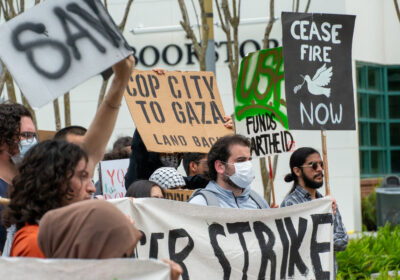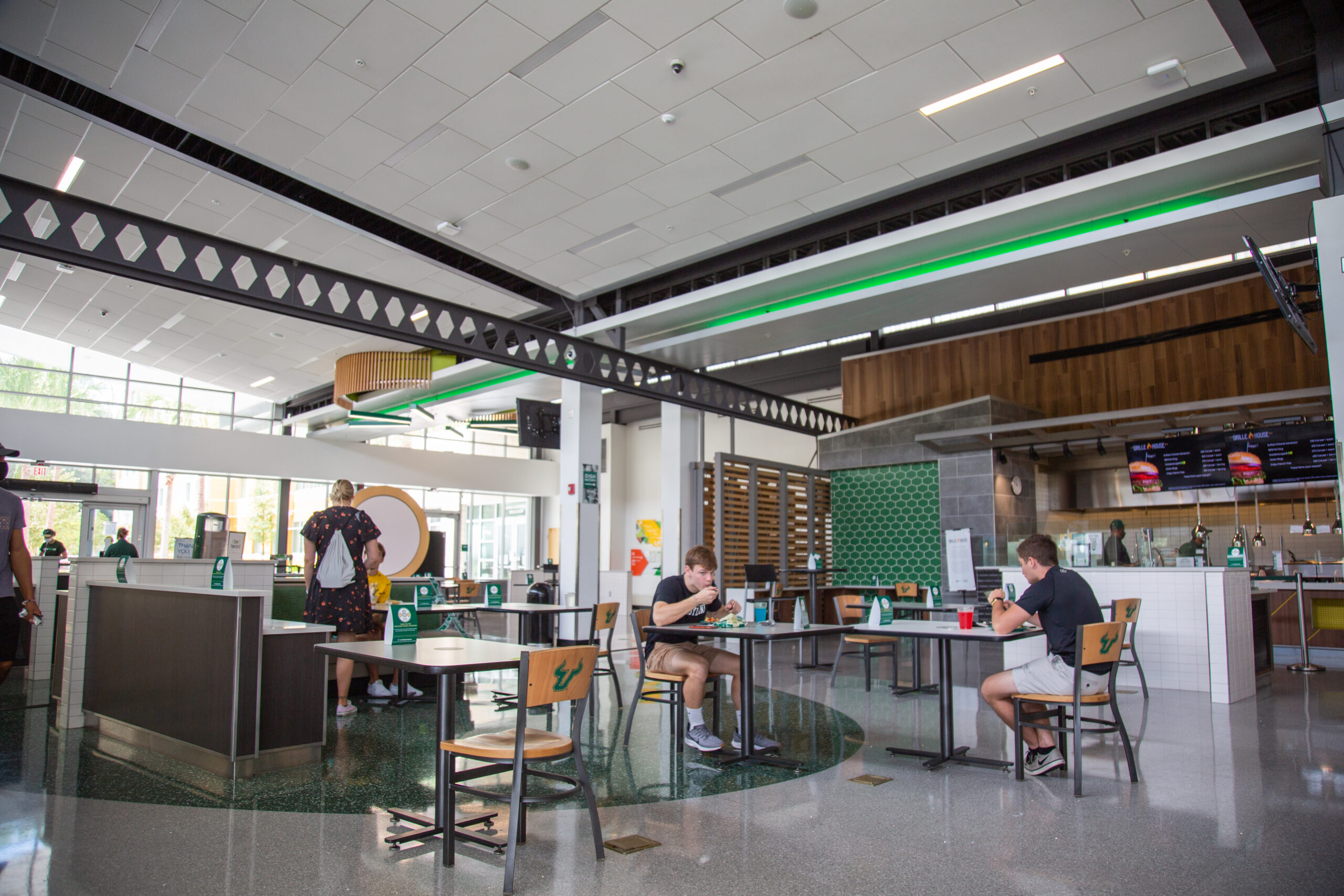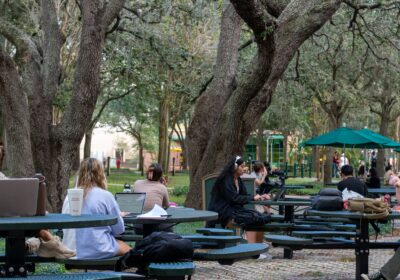Parking woes call for alternative solutions
The parking petition circulated among disgruntled faculty members is perhaps the most recent example of a woe that has come to serve as a quick icebreaker in bonding students and faculty during the first days of the semester.
But while the petition calls for the re-evaluation of the distribution of spots between faculty members, who pay more and wish to park near their place of work, and students, who pay less in permit fees but pay increasing costs of tuition and fees for the courses they are often late to circling lots looking for a spot, perhaps it is time for USF to re-evaluate its thinking on parking strategies.
It is clear that creating additional convenient parking spaces isn’t quite as simple as the Counting Crows would suggest, in paving paradise and putting up parking lots, for in a time in which the university is scaling back on its expenditures, the prospect of building new lots is probably unlikely.
While PATS director Raymond Mensah said his department conducts regular studies to monitor the use of spaces by parking permit, simply changing the distribution between student and faculty spots is a solution that is like putting a bandage on a cadaver.
Unfortunately, the university cannot wait for the City of Tampa to come up with sustainable systems of mass transportation, such as light rail or a better bus system, which could, in addition to generating the spread of economic development in the area, allow USF students and faculty to commute to campus in an environmentally friendly way that does not clutter
parking spaces.
But for now, the university could work on improving its Park-n-Ride option, which allows individuals to park on the extremities of campus and ride the Bull Runner to their destination.
The university could work on increasing the frequency of Bull Runners both to and fro the Park-n-Ride lots as well as across campus.
The university could work on promoting its bike rental programs and other alternate forms of transportation.
Until new solutions are found, parking problems will not disappear simply through more efficient re-allocations.






